Storing fruits correctly is crucial to preserving their freshness, taste, and nutritional value. Among the various fruits available, pears stand out due to their delicate texture and sweet flavor. Whether you’ve bought a few pears from the local market or harvested them from your backyard tree, knowing how to store them properly can make a significant difference. One of the most effective ways to keep pears fresh for an extended period is by storing them in the refrigerator. However, there are specific steps and considerations to ensure that your pears retain their optimal quality. This article will guide you through the process of how to properly store pears in the refrigerator, from selection and preparation to storage and handling.
Understanding Pear Ripeness
Before diving into the storage process, it’s essential to understand the ripeness of your pears. Pears are unique because they continue to ripen after being picked. Unlike some fruits that ripen on the tree, pears are often harvested when they are slightly underripe and allowed to finish ripening off the tree. Therefore, identifying the right stage of ripeness is crucial for proper storage.

- Unripe Pears: These are firm to the touch and have a greenish hue, especially if they are varieties like Bartlett or Bosc.
- Ripe Pears: Ripe pears yield slightly to gentle pressure at the stem end and may have developed a yellow or golden color.
- Overripe Pears: These are very soft, often bruised, and may have developed brown spots or a strong, fermented aroma.
For refrigerator storage, aim to store pears that are slightly underripe or just ripe. This will allow them to maintain their quality longer and prevent over-ripening in the fridge.
Preparation for Refrigeration
Once you’ve selected the right pears, there are a few preparation steps to ensure they are ready for storage.
-
Inspection and Sorting: Carefully inspect each pear for signs of damage, bruises, or mold. Sort out any imperfect pears that might spoil the others during storage.
-
Cleaning: Although not strictly necessary for immediate refrigerator storage, washing pears under cold running water can remove surface dirt and debris. However, if you plan to eat them within a few days, washing can be done just before consumption to avoid moisture-related spoilage.
-
Handling: Handle pears gently to avoid bruising. Bruised pears will ripen unevenly and spoil faster.
Storing Pears in the Refrigerator
Now that your pears are prepared, it’s time to store them in the refrigerator. Here are the steps to follow:
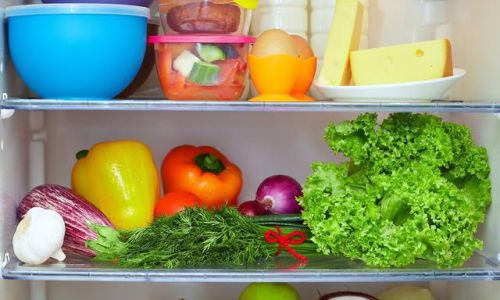
-
Temperature Setting: The ideal refrigerator temperature for storing pears is between 32°F and 36°F (0°C and 2°C). This temperature range slows down the ripening process and preserves the fruit’s quality.
-
Crisper Drawer: Use the crisper drawers in your refrigerator, as they provide a humid environment that is ideal for storing fruits. Pears should be stored with the stem end down to prevent bruising and to maintain moisture distribution.
-
Avoid Crowding: Do not overcrowd the crisper drawer. Allow some space between the pears to ensure proper air circulation. Crowding can lead to uneven ripening and increased moisture, which can promote mold growth.
-
Wrap or Bag?: There are differing opinions on whether to wrap pears individually or store them in a plastic bag. Wrapping each pear in paper towels or placing them in a loosely sealed plastic bag can help maintain humidity but prevent direct moisture contact, which can cause mold. However, avoid using airtight containers, as this can trap too much moisture and lead to spoilage.
-
Monitoring: Regularly check on your pears. If you notice any mold or soft spots, remove affected pears immediately to prevent the spread of spoilage.
Handling and Eating Stored Pears
When you’re ready to eat your stored pears, there are a few tips to ensure they are at their best.
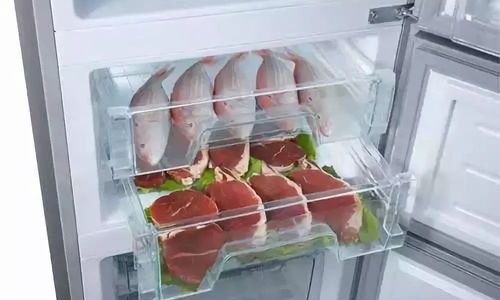
-
Bring to Room Temperature: If you prefer your pears at room temperature, remove them from the refrigerator a few hours before eating. This allows the fruit to soften slightly and enhance its flavor.
-
Check Ripeness: Before eating, gently press the stem end of the pear. It should yield slightly but not feel mushy. Overripe pears will be very soft and may have a fermented taste.
-
Consume Promptly: Once a pear is ripe, it should be consumed within a few days. Even in the refrigerator, ripe pears will continue to soften and eventually spoil.
Special Considerations
While storing pears in the refrigerator is generally straightforward, there are a few special considerations to keep in mind.
-
Variety Differences: Different pear varieties have varying storage capabilities. For example, Asian pears (also known as Nashi pears) are best eaten fresh and do not store well in the refrigerator. Always check the storage recommendations for your specific pear variety.
-
Ethylene Sensitivity: Pears are sensitive to ethylene gas, which is produced by many fruits and can accelerate ripening. Store pears away from ethylene-producing fruits like bananas, apples, and tomatoes to prevent premature ripening.

-
Freezing Pears: If you have an excess of pears, consider freezing them for long-term storage. Peel, core, and slice the pears, then blanch them in boiling water for 2-3 minutes before transferring them to ice water. Pat them dry and store in freezer bags or containers. Frozen pears can be used for smoothies, baking, or cooking.
Conclusion
Storing pears in the refrigerator is a simple yet effective way to extend their shelf life and maintain their delicious flavor. By understanding pear ripeness, preparing them properly, and following best practices for refrigerator storage, you can enjoy fresh, juicy pears throughout the season. Regular monitoring and proper handling will ensure that your pears stay in optimal condition, ready to be enjoyed at your convenience. With these tips, you’ll never have to worry about wasting perfectly good pears again.



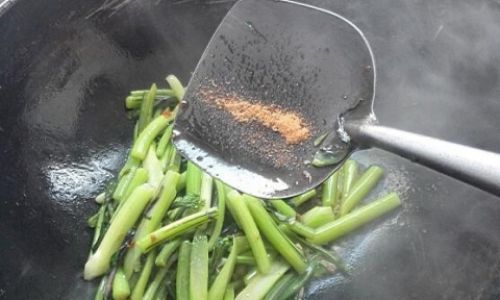
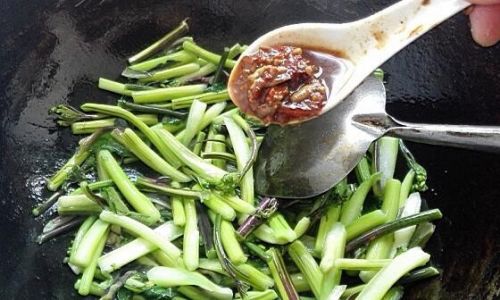
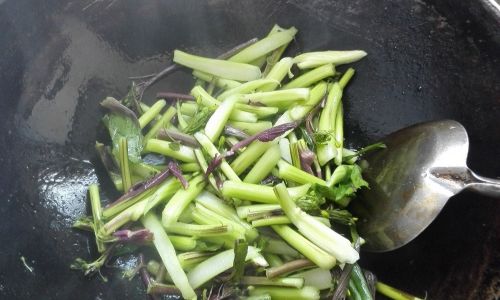
0 comments